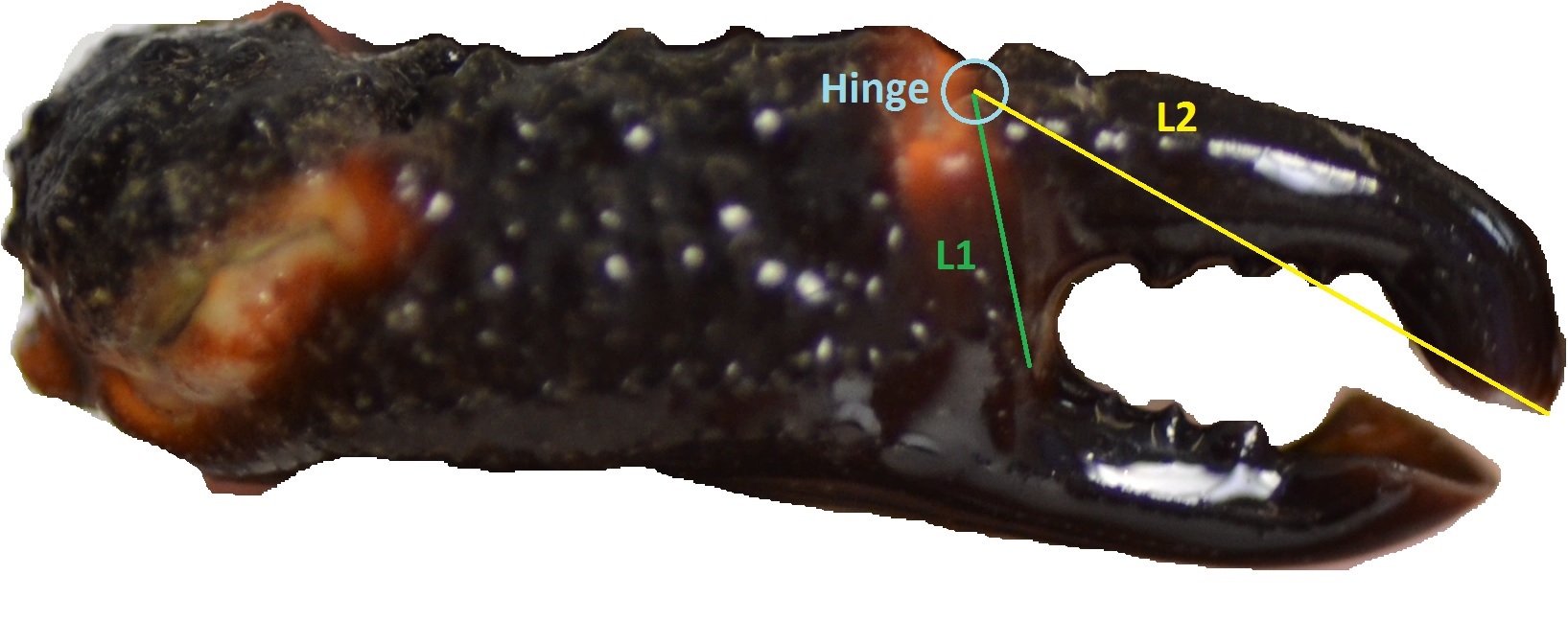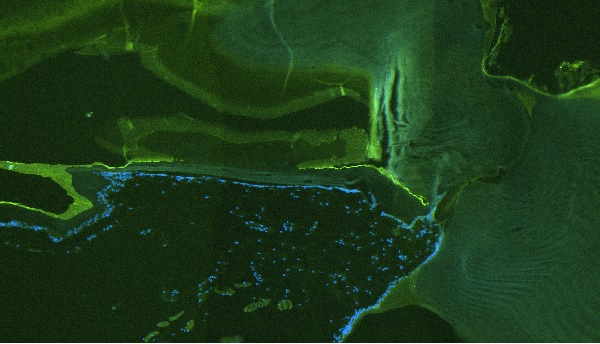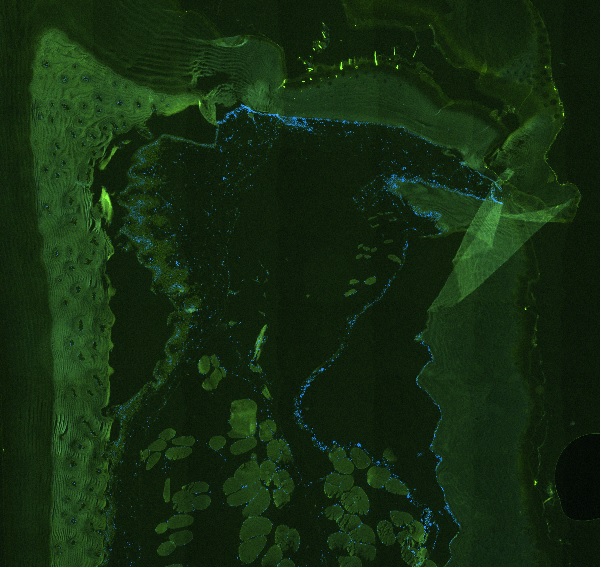Summary
Physical Description
Ecology
Life History & Behaviour
Anatomy & Physiology
Evolution & Systematics
Biogeographic Distribution
Conservation & Threats
References & Links | Anatomy & Physiology
Toxicity
Some crab species, especially those from the Xanthidae, are known to have a toxic composition. This in combination with bright or striking colouration helps deter predators. C. ungulatus though mostly black bears striking orange bands that can be noticed and offer a warning of their toxic physiology. Species from Heron Island have been tested for their toxicity, measured in MU g-1*, they were found to range in toxicity from 1.6-8.9(MU g-1) (Llewellyn and Endean 1988). There were some samples of C. ungulatus in the study that showed no toxicity this could explained by a possible symbiotic relationship with bacteria that produce the toxins.
Chelae Form and Function
Crabs fulfil a variety of roles in an incredibly numerous amount of marine or freshwater environments. This incredible diversity of crabs is obviously assisted by their overall physiology but none arguably as important as their claws. Chelae functions include, scrubbing coral for algae, holding, chopping, catching and crushing prey, defence against predation, protection of symbiotic corals and many more. Some crab chelae have been known to exude a mechanical force of 800N or a 2000kN m-2 compression force on the muscle (Taylor 2000). The claw works by two muscle groups acting on either side of a pivot point of a singular finger, the dactyl. The manus stays stationary and holds the driving muscles for the mechanism. With incredible differentiation amongst species chelae the need for certain attributes like force of bite are varied greatly but can be an essential attribute in understanding the role crab species play within ecosystems. The biting force of a claw is a function of claw size, mechanical advantage and musculature (Taylor 2000). Cyclodius ungulatus has a distinctive claw form and function, understanding reasoning behind size, mechanics and musculature is important in understanding the way it has evolved with its environment to find its realised niche.
Claws come in many different forms and sizes. From observations claw form plays a large part in determining biting pressure along the dactyl. Long thin claws having less leverage like Libinia emarginata, thick muscular claws can show incredible force along the dactyl like Scylla serrate or unique claws like C. ungulatus not necessarily made for nipping predators. Each claw has its own uses and its biting force defined by its shape. Claw size is also important for determining force size. They share a linear relationship with crab size, as the size of the crab increases the size of the claw increases by a similar proportion allowing for increased room for musculature (Mitchell et al. 2003). From observing C. ungulatus chelae forms they are designed to produce maximum pressure at the flat tip that it is named after.

|
| Figure 2: This is the mechanical advantage of decapod claws shown on C. ungulatus chela. |
Another determining factor in claw bite force is the mechanical advantage from leverage against the hinge axis. Mechanical advantage is a force that remains constant over the life cycle of a species or individual (Mitchell et al. 2003; Swanson et al. 2013). The example of green crabs, an invasive species in American waters, showed that the bite force was lower at the tip but doubled at about halfway down the dactyl (Mitchell et al. 2003). The ratio as seen in figure 1 shows the importance of attachment of tendons and dactyl shape. The ratio between L1 and L2 provides the claw with the option of a high biting force (for crushing prey) or a quicker closing action (for catching prey. C. ungulatus falls somewhere between these two in the ratio however the addition of claw form means that more pressure is exerted at the tip.

|
| Figure 3: Shows the hinge mechanism in a light bluey-green on the right. The green represents the exoskeleton and some muscle fibres in circular shapes. The blue dots represent the nuclei of cells inside the exoskeleton of the manus. |
Arguably the most important part of chelae physiology with respect to form and function is the muscle structure driving the mechanics. 83% of variation in muscle force exerted responding to the resting length of sarcomeres (Taylor 2003). Muscle fibres similar to slow fibres from other crustaceans and clefts to allow for mass myofibril contraction the wonder behind the claw strength adding to the intense bite force (Read and Govind 1993; Congo and Diaz 2013). Two specific muscle types were defined by Congo and Diaz in their 2013 study, fast contracting and slow contracting. Fast contracting is about brutal force and quick strikes tiring quickly they are recognised by ordered myofilaments, linear Z-discs, short sarcomeres and a developed sarcotubular system. Whilst slow contracting are made for endurance, with longer sarcomeres, no myofilament order, zigzagging Z-discs and inferior sarcotubular development.

|
| Figure 4: Is a large magnification of C. ungulatus, the blue dots show the nuclei of a structure within the manus, the green waves along the outer surface show the exoskeleton of the chela and the green circular shapes show muscle structures attacing to exoskeleton. |
The muscle and cell structures of Cyclodius ungulates can be seen in figures 3 and 4. They unfortunately don’t show much but one could speculate the muscle-like structures seen in figure 4 could be muscles joining the exoskeleton to the tendons. Figure 3 shows the hinge axis joining the dactal to the manus. Though we cannot prove whether C. ungulates possessed slow or fast contracting muscles within the chelae we can by making observations of the crabs life style that it would need slow contracting muscle due to the repetitiveness of scrubbing corals. With these three attributes of Claw form, mechanical advantage and muscle structure it is easy to make accurate statements of the lifestyle of the crab in question. Further research into chelae form and crab lifestyle can be done in order to understand not only the evolutionary relationship of crab and claw but how the environment has shaped both to find their niche.
|
|